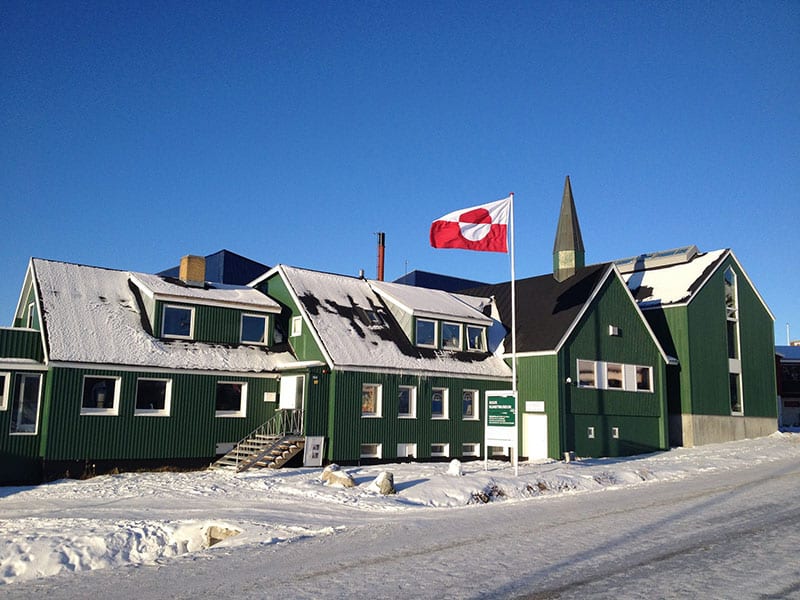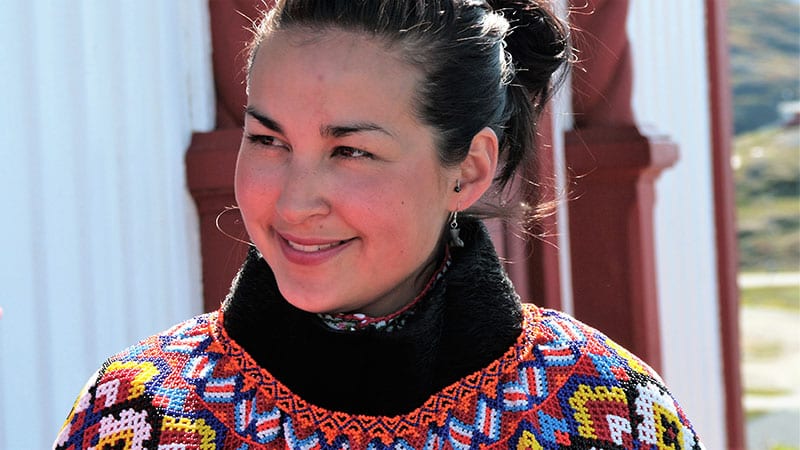The story of Erfalasorput is the result of a democratic process that was negotiated and voted through after long deliberations. Erfalasorput means “Our Flag.”
The Road to Our Own Flag
Back in 1973, while Greenland was still a county in the Danish realm, a process was initiated to find an independent Greenlandic flag. The vast majority of the original bids were based on the common Nordic flag characteristic: the cross. When the Greenlandic newspaper Atuagagdliutit (AG) published 11 proposals for a new flag in 1974, the cross was included in 10 proposals.
At that time, however, no agreement was reached on a new national symbol, and only after the introduction of the Home Rule in 1979 was the process resumed. The Home Rule Government organized an open flag competition in 1980, and as many as 555 proposals were put on the table. However, the many suggestions were swept off the table again.
New Suggestions
The members of the Home Rule Government could not agree on the final version, and, instead, several artists were invited to come up with new proposals for the flag. It was on this occasion that Thue Christiansen came up with his winning bid for a national flag. Fourteen members of the Greenland Parliament voted for Erfalasorput, while eleven preferred a cross flag with green and white colors. The result was that Thue Christiansen’s flag rose to the top of the flagpoles for the first time on June 21, 1985, six years after introducing the Home Rule Government.

